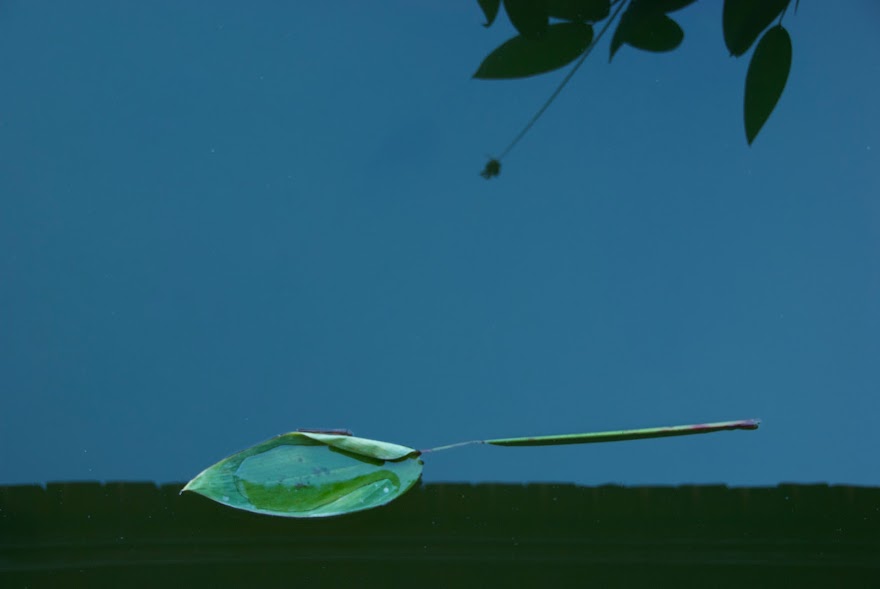December 11,1975
THIS morning I decided to make biscuit-shaped biscuits instead of dropping lumps of dough onto the pan as I usually do. So I carefully took a cookie cutter and formed six beautiful biscuits. However, no sooner had I put them on to bake, then I realized something extraordinary was occurring outside—the sun was casting shadows.
Without taking the time for foul-weather gear, I grabbed the stopwatch and sextant and dashed on deck, climbing to the stern where I could sometimes see the sun from behind the mainsail and through the clouds. But we were rolling so much, the horizon so irregular, the sun so dim, that I could not manage a useful sight.
After fifteen minutes of futile effort, the fragrance of something on the verge of burning reached me. My perfect biscuits! As I started forward, a wave gave me a freezing bath.
I rescued the biscuits and set them on a countertop, while I tried to dry myself and the sextant. Naturally, another wave struck us abeam, and all but one of my beautiful biscuits gleefully dove into the bilge. At that moment, I found it very difficult to maintain silence.
NOON. Between three snow-sleet storms, I have been able to get good sights. Unless I am completely lost, the Diego Ramirez should be in view in a few hours.
LANDFALL! 4:46 p.m. local time. Diego Ramirez Islands directly ahead. The first land since Guadalupe Island more than 6,000 miles ago. You sail without sight of land for weeks, the weather changes, the days grow colder, you plot positions on charts, you tell yourself you are nearing Cape Horn, but you have dreamed and struggled for so long that it does not seem real. Or rather it did not until I saw those desolate rocks ahead. We do not have to go any farther south, and even if the mast falls down, we will be blown past the Horn tomorrow.
From this distance—ten or fifteen miles—the islands are grey silhouettes with no sign of foliage. The Sailing Directions say they are uninhabited for most of the year. I cannot imagine why they are inhabited at all.
At 7:00 p.m. we passed south of the southernmost rock of the Diego Ramirez. As we sailed closer, I could distinguish some green on the cliff sides, but no sign of man. I had been wondering why so many birds down here are chocolate-brown and white when this ocean is usually grey. I had forgotten about land. They would blend in well on the Diego Ramirez, and presumably many must nest there because the sky was full of them as night fell.
The wind is only about 25 knots, but the surf against the cliffs was impressive. In storms it must be awesome. One rock reminded me very much of Cypress Rock near Carmel, California.
Just before dark, a seal followed us for almost an hour.
Cape Horn tomorrow. Incredible. I can hardly believe it. But it is true.
